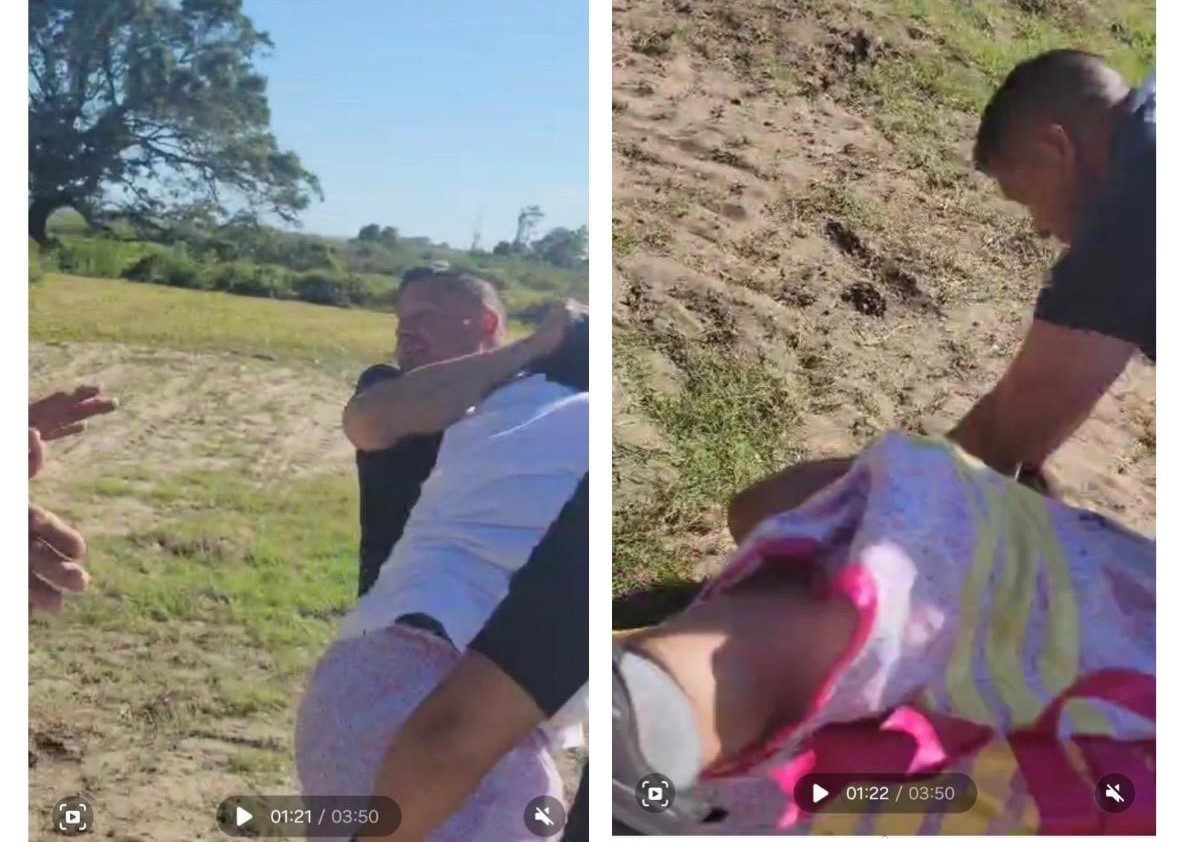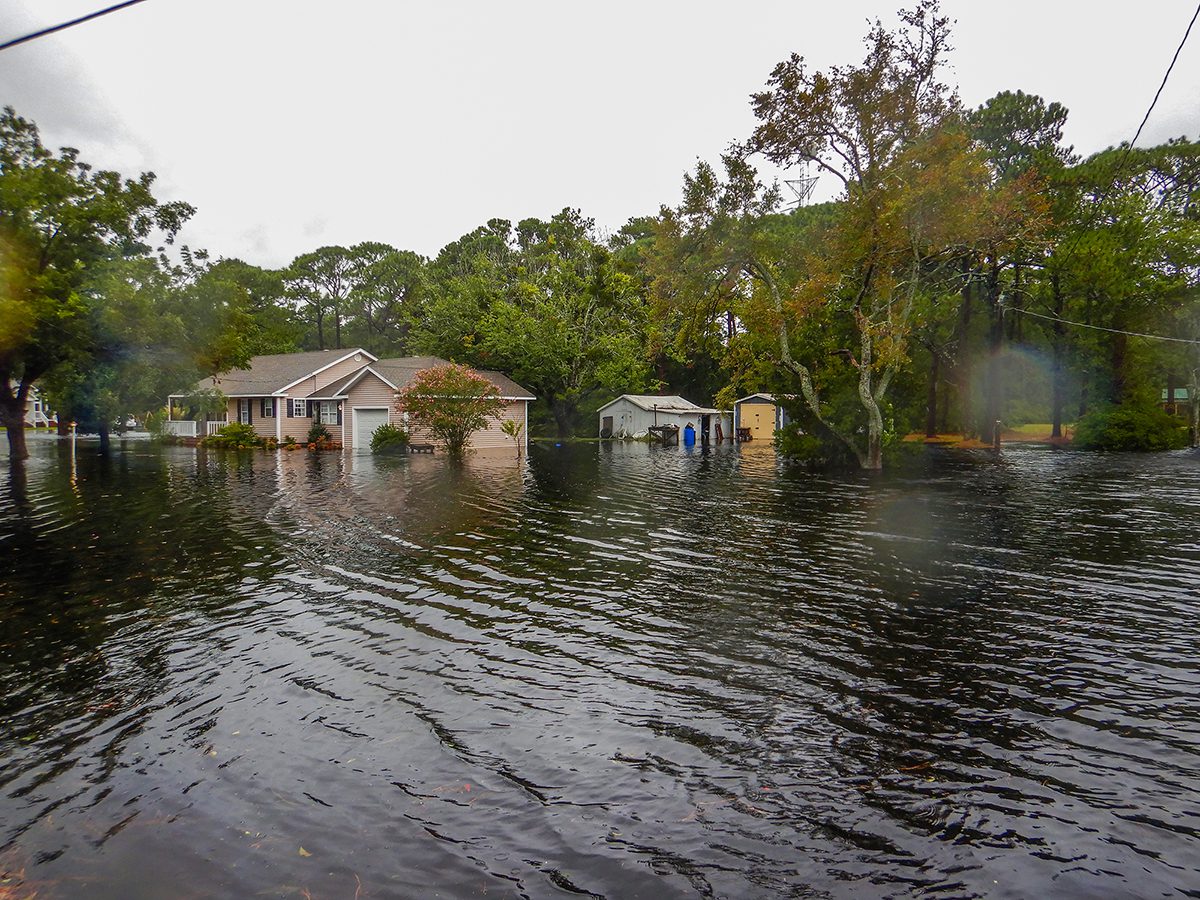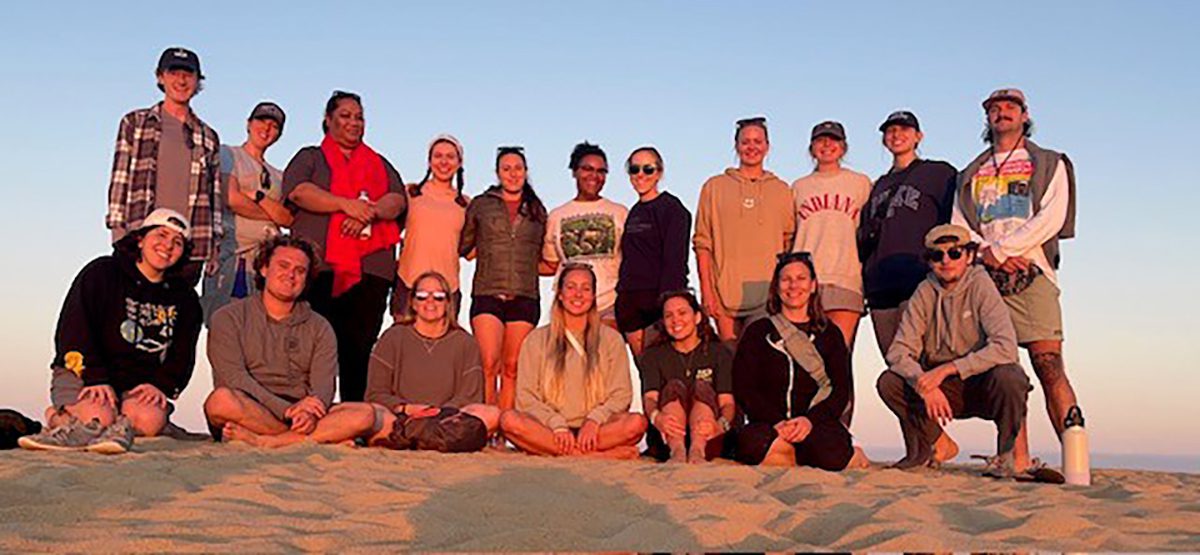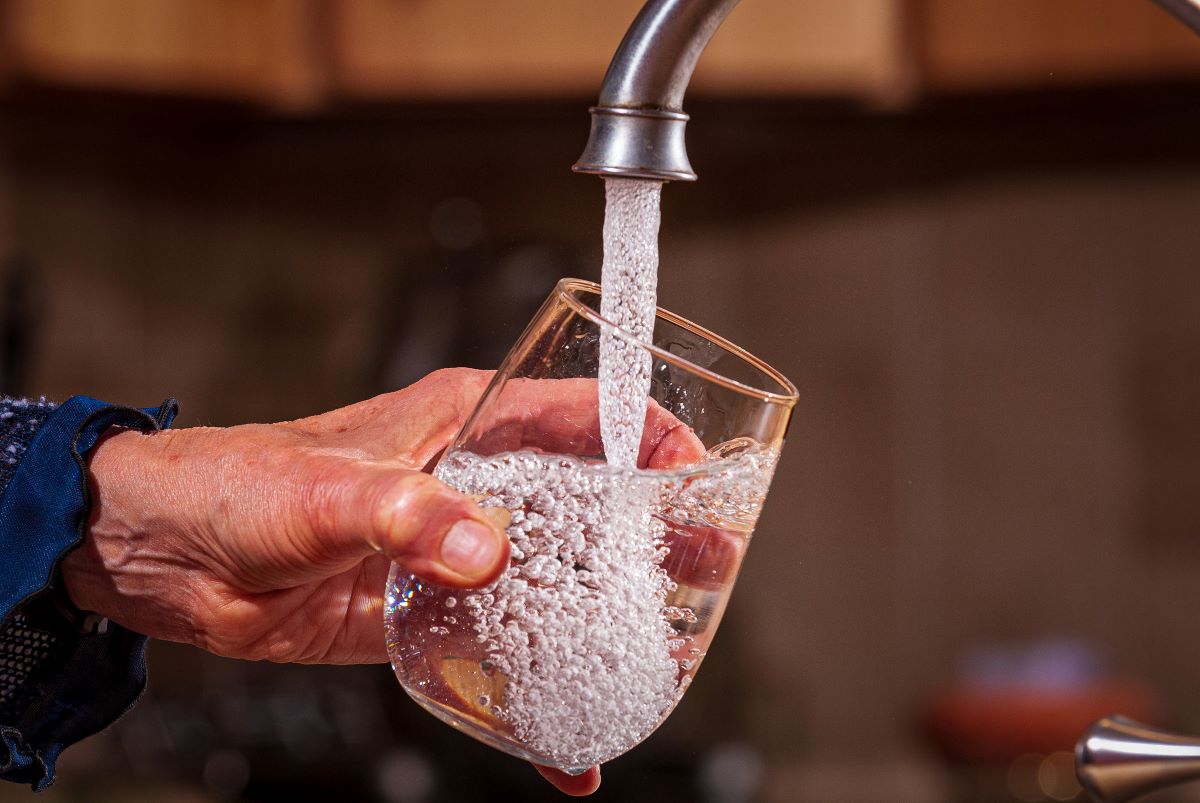
NAVASSA — The first round of restoration and conservation projects designed to offset environmental damage at the former Kerr-McGee Chemical Corp. site have been selected, with work to begin on some of the alternatives as early as this fall.
In all, 10 restoration alternatives are included in Phase 1 of the Kerr-McGee Natural Resource Trustees’ final restoration plan and environmental assessment.
Sponsor Spotlight
The alternatives total more than $12 million worth of land purchases and work, including habitat restoration and enhancement. That figure is about half of the $23 million in restoration funds the trustees received in a 2014 settlement.
Five of those projects are within Navassa where, for nearly four decades, a wood-treatment plant was operated under various companies. Wood at the plant was treated with creosote, a gummy, tar-like substance.
Habitat restoration specialist Howard Schnabolk with the National Oceanic and Atmospheric Administration, or NOAA, said projects could have been found way up and down the Cape Fear River from the site, but the goal was to keep the focus closer to the Brunswick County town.
“In this case we were able to identify several projects right in the community in Navassa and then we have a few on the outlining edges, but it is a goal to get close to where the injury was,” he said. “We slowed down considerably to try to do projects in the town.”
Sponsor Spotlight
The more than 254-acre property was added to the National Priorities List of federal Superfund sites in 2010 because creosote contamination was discovered in the groundwater, soil and sediment.
The Kerr McGee Natural Resource Trustees began looking at restoration possibilities in 2009 with the directive to focus on creating, restoring and enhancing riverine habitat, coastal wetlands and underwater, intertidal, or shoreline habitat, and migratory fish passage.
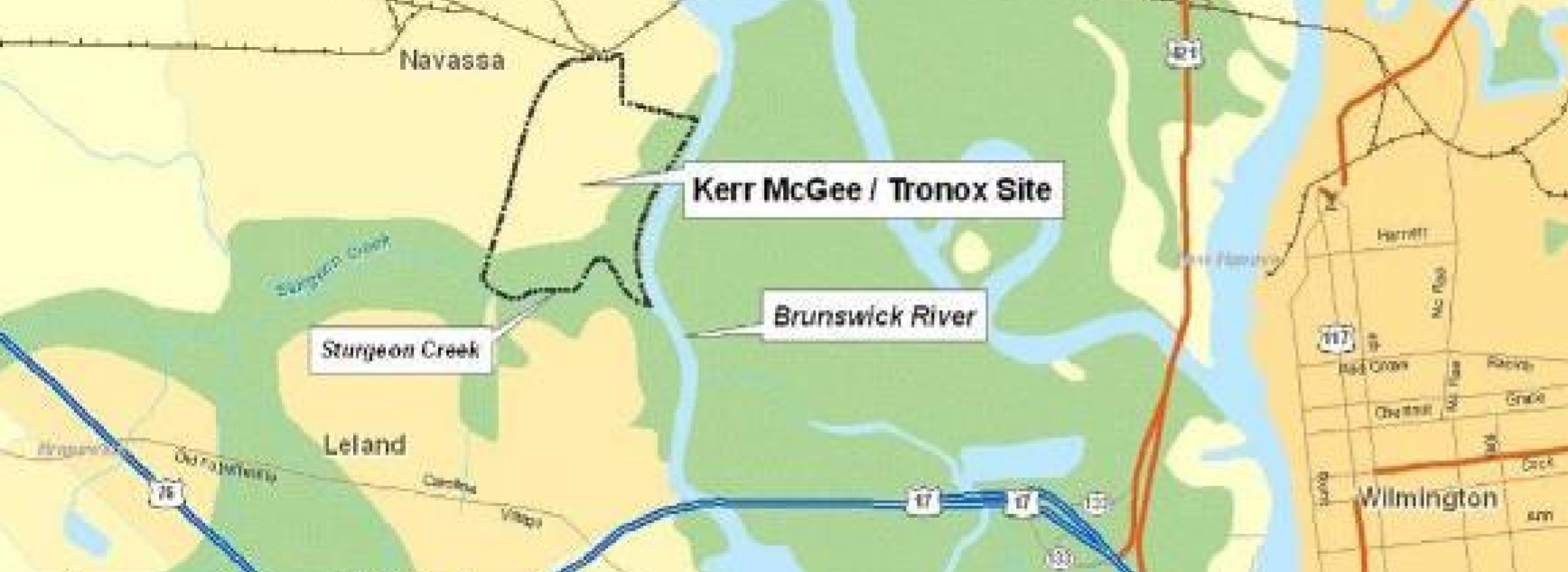
In their environmental assessment, the trustees, which include NOAA, U.S. Fish and Wildlife Service and the state Department of Environmental Quality, determined that concentrations of polycyclic aromatic hydrocarbons, or PAHs, in the site sediments were enough to cause harm to organisms living in, on or close to the contaminated sediment.
PAHs are a class of chemicals that occur naturally in coal, crude oil and gasoline, according to the Environmental Protection Agency.
The trustees accepted a number of suggested alternatives from everyone from town officials and residents to environmental and conservation groups.

Land Management Group, an environmental and land-use consulting firm in Wilmington, aided the town in conceptualizing some of the alternatives that were selected in the final plan of phase one.
“We’ve been working on these for a long time,” Land Management Group President Christian Preziosi said. “We’ve done a lot of work with the town of Navassa and know the folks over at the town pretty well. I’m very excited about this kind of move into that next stage and seeing these properties get into conservation.”
This is a particularly crucial time for the town to be able to preserve natural habitat and historically significant heritage areas.
Navassa is anticipating a development boom, including two major subdivisions.
“The timing of it, I think, is just great for the town to be able to capture these sites and get them into conservation at this moment because there’s definitely high development pressure in that area,” Preziosi said.

Barnes Sutton, the town’s planning director, agreed.
“We know that by any investment in our community it’s going to attract interest and it’s going to likely promote growth,” he said. “What we wanted to make sure we did with these projects is that we were securing public lands in our community. We were happy to see that the majority of the ones that we selected and submitted were chosen.”
Phase 1 projects
The 10 alternatives selected for Phase 1 of the final plan include the following:
- Alligator Creek Restoration and Conservation. The focus of this project is to restore about a 3,900-foot reach along the creek and adjacent tidal wetlands to increase tidal amplitude and reestablish subtidal and intertidal bottom habitat and primary nursery area. This project will also control and restrict the growth of phragmites, an invasive species. Estimated cost: $2.6 million.
- Battleship North Carolina “Living With Water.” In this alternative, 800 linear feet of estuarine intertidal shoreline will be restored and 2 acres of tidal marsh will be created followed by long-term monitoring. The project will be designed to provide habitat for juvenile fish species, restore or expand the benthic invertebrate community within tidal marsh habitats at the Kerr-McGee site, and deter flooding. Estimated cost: $1.3 million. That figure includes $683,931 from the trustees and $645,000 in matching funds.
- Carolina Beach State Park Restoration. This project will include the restoration of benthic and estuarine habitat and 13.5 acres of tidal marsh by building a living shoreline of offshore and intertidal and subtidal oyster reef habitat. The living shoreline will include about 5 acres to stabilize erosion. Estimated cost: $1.9 million, which includes $105,000 in matching funds.
- Indian Creek Natural Resource Restoration and Conservation Project. Located on about 310 acres a little more than 3 miles from the Kerr-McGee site, this alternative includes restoring, enhancing and preserving habitats endemic to the Lower Cape Fear region. Work will be done along a 1.75-mile stretch of the creek. More than 140 acres of tidal freshwater marsh and tidal cypress-gum swamp and about 40 acres of 100-foot buffers along the creek and Molls Branch will be protected. The project will also include refurbishing the Halls Landing boat ramp and installing a kayak and fishing ramp. Estimated cost: $2.4 million, including $110,000 in matching funds.
- Lower Black River Conservation. This project is designed to conserve about 500 acres of property that will be managed as part of the Black River Preserve, which includes more than 5,200 acres. Estimated cost: $100,000, an amount that would be added toward the total purchase price.
- Lower Cape Fear Bottomlands Conservation. Under this alternative, more than 1,000 acres of relatively pristine riverine habitat along 3.5 miles of the Cape Fear River and nearly a mile along Indian Creek will be purchased for conservation. Estimated cost: $1.5 million.
- Merrick Creek Conservation. About 250 acres of swamp forest and 2.5 miles of buffer along Merrick Creek will be purchased for conservation under this alternative. The land is 1 stream-mile upstream from the Northeast Cape fear River in Pender County. Estimated cost: $206,450.
- Moze Heritage Site Tidal Restoration. This alternative is within the Kerr-McGee site. The project will include enhancing riverine swamp forest, preserving and rehabilitating historic rice field dikes, and incorporating walking trails, a viewing dock and a pier with a kayak launch. Estimated cost: $241,500.
- Navassa Stormwater and Riparian Restoration. This project will include the development of a stormwater management plan for the town and conserving and restoring riparian wetlands and buffers. Estimated cost: $1.25 million.
- Navassa Waterfront Park. This project is immediately south of Navassa’s town hall and community center and will establish access to land water along Sturgeon and Mill creeks within walking distance of town facilities. The plan calls for securing about 50 acres of tidal wetland through a conservation easement and using an additional 21 acres for a community park with access to bordering waterways. Estimated cost: $1.5 million.
Schnabolk said the trustees are looking forward to receiving ideas for alternatives for Phase 2.
“We’re happy that we were able to get these projects approved and on the ground, but the clock’s ticking,” he said. “I think around the New Year we’re going to make an effort to look at another round of projects. Our approach from the start is we’re on a rolling mission. If somebody has a restoration idea in the community, reach out to the trustees so we can evaluate it.”
Restoration ideas may be submitted by email at howard.schnabolk@noaa.gov or mailed to:
Howard Schnabolk
℅ NOAA Restoration Center
2234 South Hobson Ave
Charleston, SC 29405



